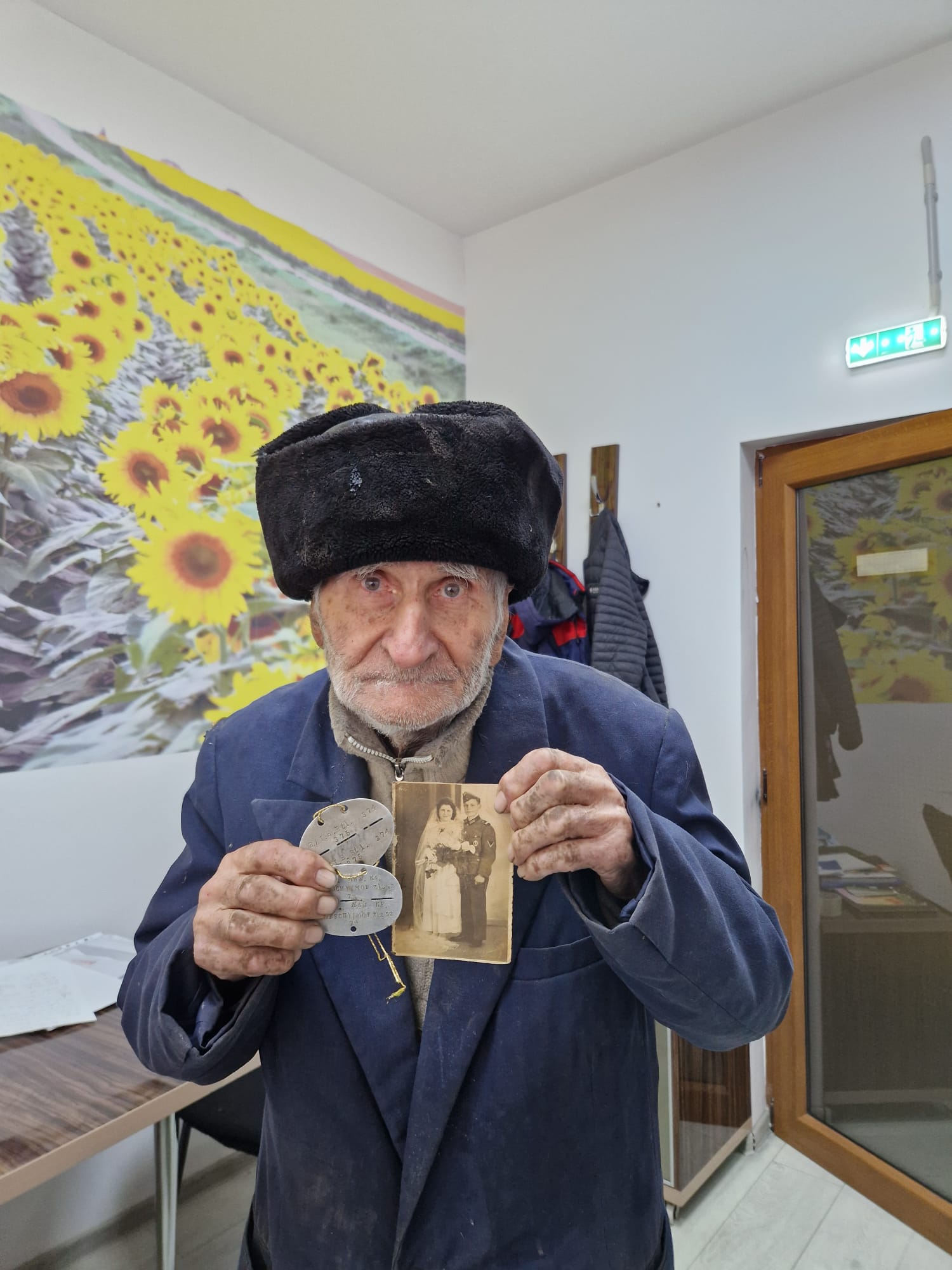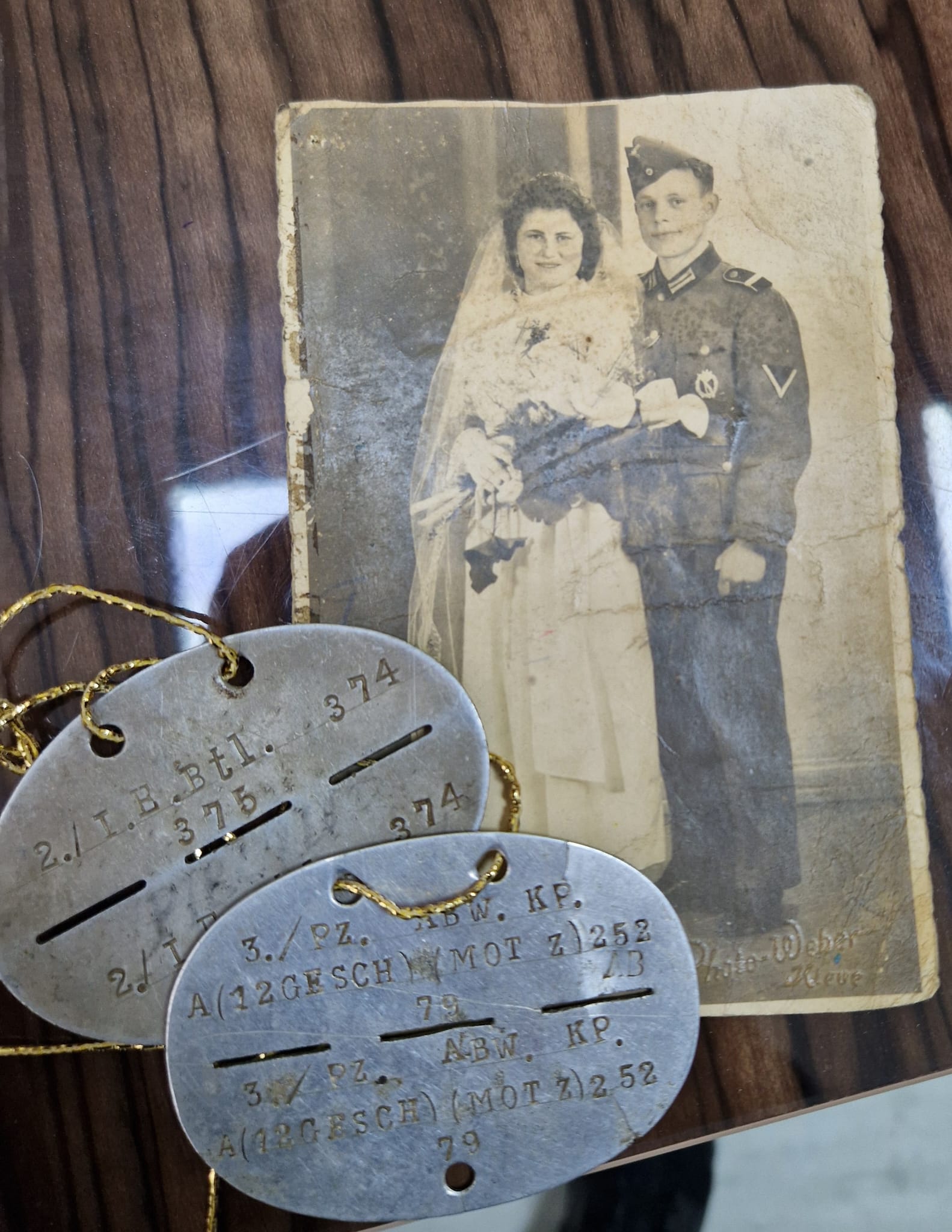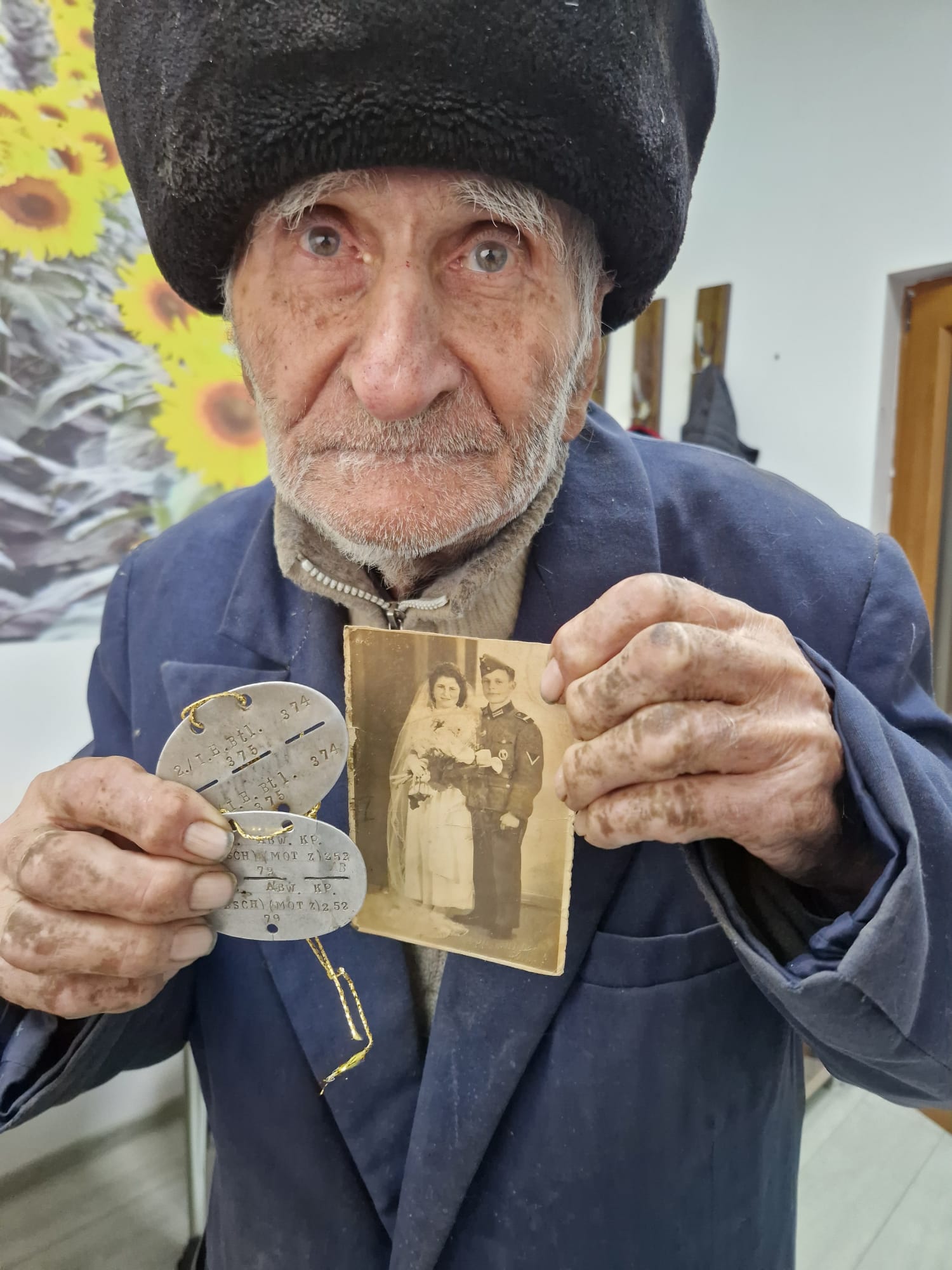Alexandru Profiri
Romania
Eastern Europe followed a distinct path after the end of World War II, different from that of Western countries. For example, Romania, which fell under the influence of the Soviet Union after August 1944, became one of the countries where war memory and history were strictly controlled. Any deviation from the official discourse was harshly punished, often resulting in long years of imprisonment. Behind the Iron Curtain, it was impossible to openly discuss the period when Romania fought on the Eastern Front against the USSR, between June 1941 and August 1944. As a result, a significant part of the Romanian wartime experience was forbidden and censored. For over 43 years, the events that deeply impacted the population and local communities were silenced.
On the other hand, the Western campaign, in which Romania participated alongside the Soviet army, was intensely studied and promoted through numerous volumes published under communist propaganda. However, after the collapse of the communist regime in December 1989, historians began to shift their focus toward military operations on the Eastern Front, but the battles fought on Romanian territory remained largely ignored and forgotten.
To better understand the impact of the war on local communities and the lives of ordinary Romanian peasants, I have chosen to speak with Pascal Romeo, a 96- year-old teacher from the village of Costești, Vaslui County (eastern Romania). Born on January 29, 1929, into a modest peasant family, Pascal Romeo spent his childhood in a poor village, living in a house made of adobes. He completed four years of primary school in village and, at just 12 years old, witnessed the launch of Operation Barbarossa on June 22, 1941. From the courtyard of his house, he watched as the German-Romanian armies marched across the border, launching their offensive against the Soviet Union. His community was deeply affected by the war—most men were sent to the front, and many never returned, either killed or wounded in battle. During this period, Romanian peasants relied on agriculture, but in the absence of men, women and children took over the hard labor of working the fields. Additionally, because of the war, many of the Jewish-owned shops were closed—these businesses had been the primary source of goods for the villagers, either sold directly or exchanged for grain.
After the Battle of Stalingrad, the German-Romanian armies retreated towards Romania’s borders, and adolescent Pascal Romeo had his first direct encounters with German soldiers. He recalls that between January and August 1944, his village became a stationing point for numerous German soldiers, who were recovering behind the front lines. With a child's curiosity, Pascal observed the soldiers’ daily lives: their training, marches, and instruction lessons. However, what fascinated him most were the sports competitions organized on the outskirts of the village, on a specially arranged track, adorned with red flags bearing the swastika. The teacher recounts this period with enthusiasm, remembering the good relations between the locals and the German soldiers, who were seen more as temporary guests than occupiers. The soldiers would share food with the villagers and give children candies and chocolate—a rare luxury in those days, especially in rural Romania. Additionally, villagers benefited from the presence of German medical units, which often treated locals suffering from various ailments.
Romeo Pascal could sense the danger approaching—the front line was only 100 kilometers from his home, and the sky was filled daily with fighter planes, while columns of tanks, heavy artillery, and troops moved through his village. On August 20, 1944, the Soviets launched the second Iași–Chișinău Offensive, an operation that almost completely destroyed the Axis’ Army Group South Ukraine, which was responsible for defending Romania and the Balkans. By August 23, the first Soviet tanks appeared near his village, and the fighting intensified. Terrified by the battles and aerial bombings, the villagers decided to flee to the nearby forests for safety. At only 15 years old, Romeo Pascal escaped with his family into the woods, where they remained hidden until the fighting ended.
On August 27, the battles reached a critical point: the German divisions, completely overwhelmed by the sudden Soviet assault, retreated in disarray, desperately trying to break out of the enemy encirclement. In the neighboring village of Vutcani, the last remnants of the German 6th Army were trapped between August 28 and 29, engaging in a final, desperate attempt to escape certain death. One of the most famous and ill-fated Nazi armies, the 6th Army, was about to be destroyed for the second time, this time in eastern Romania, and adolescent Romeo Pascal was a witness to this horrifying tragedy.
Unfortunately, for the villagers of Costești, who were caught in the middle of the fighting, the forest was no longer a safe refuge—battles raged all around them. Teacher Pascal vividly recalls watching tank battles unfold, witnessing desperate German soldiers fighting to capture a bridge that could have opened an escape route to the West. Above them, Soviet aircraft bombarded relentlessly, striking even civilian shelters, where women, the elderly, and children had sought protection.
By August 30, the peasants cautiously returned to their homes—only to find many destroyed by combat or burned down by bombings. Despite the devastation left by war, life had to go on. For a poor peasant family, survival depended on every available resource. Romeo Pascal had a crucial responsibility: to take the family’s cow to pasture. Losing the animal would have been a catastrophe, so he had to watch over it constantly. Children in the village gathered in small groups to take their cattle to graze, and Pascal had his own little group, made up of two close friends.
On August 30, while tending to the cows on the edge of the forest, something unexpected happened, the animals suddenly panicked and scattered in all directions. After gathering them back, Pascal and his two friends decided to investigate what had frightened them, assuming it might have been a snake. But when they reached a small clearing at the forest’s edge, they stumbled upon a horrifying sight. In the middle of the clearing lay eight executed German soldiers. Teacher Pascal recounted the moment to me in a solemn voice: “In the middle of the clearing, there were eight Germans shot in the head. At first, we ran away as soon as we saw the scene… but curiosity made us turn back. Their heads were riddled with bullets, some even blown apart. One had only half of his skull left. The blood on the grass was dry, and the ground seemed petrified, hardened by blood. I thought for a long time about the cruelty of those who had committed that massacre. We were searching for pistols, but we didn’t find any. Being poor, we started gathering things. Around them, there were many scattered papers, photos, and wallets. My friend, Ghiță, took a belt from one of the dead soldiers. I collected photos and several identification tags.”
Returning home, Pascal showed his mother what he had discovered at the edge of the forest: photographs, documents, and identification tags. After the fighting ended, villagers ventured daily onto the war-ravaged fields, searching for what they called „war loot”. These objects included military clothing, boots, tents, food rations, matches, lighters, and even valuables. For poor peasants, such items were invaluable. Most of them wore crude shoes made of pigskin and dressed in simple, rudimentary clothing, so a military uniform or a pair of sturdy boots was an unimaginable luxury. However, Soviet soldiers strictly forbade villagers from collecting such objects, considering them war trophies reserved exclusively for themselves. All found goods were confiscated by the Soviet soldiers, and only those who managed to hide them carefully were able to keep a few items.
Pascal had hoped to keep the objects belonging to the executed soldiers, but his mother, aware of the danger it could bring upon their family, forbade him from searching for any more „loot”. Some of the photographs and documents he had collected were burned or hidden to avoid the risk of reprisals from the Soviets. Although the war had ended, a new hardship was about to begin for Romanian peasants. Between 1946 and 1947, Romania was struck by a devastating famine, which claimed thousands of lives. Then, the communist regime launched a large-scale process of land collectivization, which gradually led to the destruction of traditional Romanian village life.
Decades later, in the 1990s, after the fall of the communist regime, Romeo Pascal’s mother passed away. While cleaning the family home, Pascal discovered an old wooden chest belonging to his mother. At the bottom of the chest, hidden beneath clothes and time-worn papers, he found a piece of the „loot” he had collected on August 30, 1944. Among the preserved items were seven identification tags and a photograph: A young German couple on their wedding day—a fleeting moment of happiness, tragically interrupted by the war.
In 2014, teacher Romeo Pascal decided to make a gesture of respect for the fallen. He sent all the details of his story, along with copies of the photograph, to the German Embassy in Bucharest, hoping that, after so many decades of silence, the families of the executed soldiers would finally find the truth about the fate of their husbands, fathers, brothers, and sons lost in the turmoil of war. Today, the elderly teacher, still filled with the same energy and passion as in his youth, continues to share this story, keeping alive the memory of the dark events of that fateful day. More than anything, he hopes to live long enough to witness the exhumation of the eight soldiers, who remain buried in a mass grave, whose exact location he pointed out to us with deep emotion.



